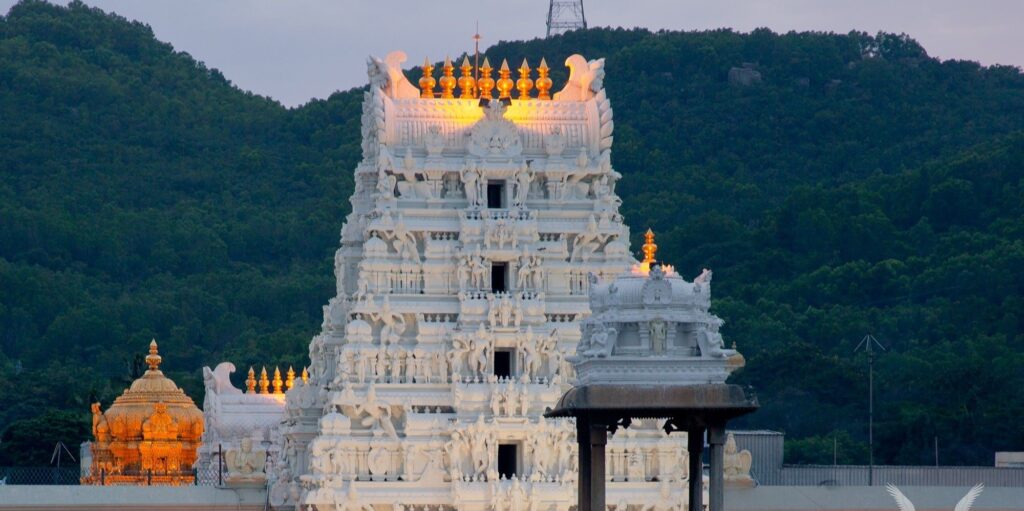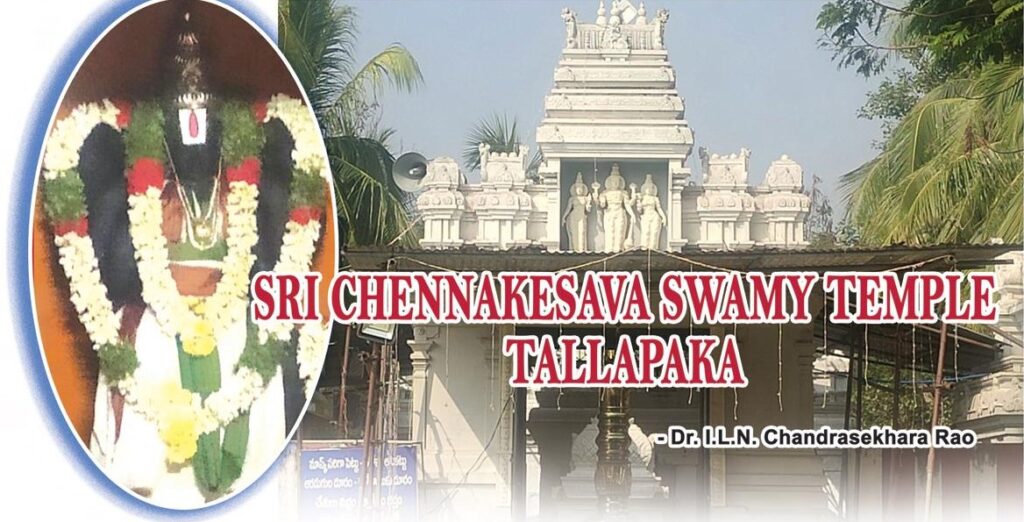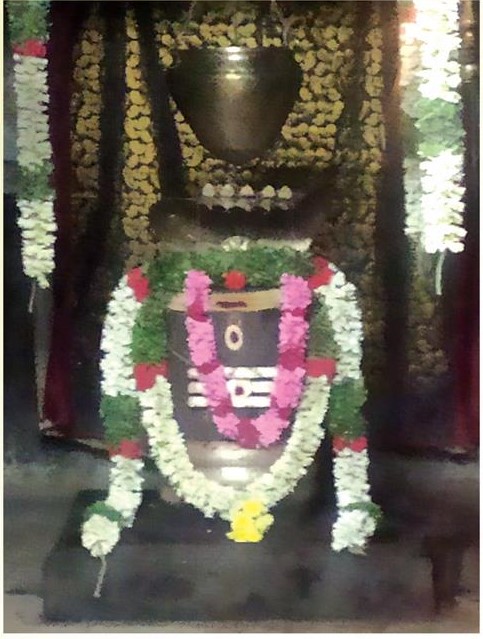Tallapaka village of ‘Pottapinadu’ Around seven hills, there are several holy places. Among them, “Pottapinadu” is very famous. This particular place or area is towards the north-west direction of Venkatachala Hill. People consider the Tallapaka village of ‘Pottapinadu’ as the canvas on which Lord Venkateswara has painted a beautiful painting with His hands. It lures Read More
Tag: Tallapaka
Ramulavari Meda (Rama’s Abode) – Tirupati Balaji Temple
Ramulavari Meda / Rama’s Abode As soon as you cross Snapana Mandapam there is a narrow 12″ x 10″ passage. This is known as Ramulavari Meda. Before 1262-65 A.D. the researchers believe that this was not there. They believe that this was a part of the present Vaikunta Pradakshina path. To enter Ramulavari Meda from Read More
Sri Chennakesava Swamy Temple, Tallapaka
Sri Chennakesava Swamy Temple Tallapaka is the Birthplace of Padakavitha Pitamaha Sri Tallapaka Annamacharya who wrote more than 32 thousand kirthanas on Sri Venkateswara Swamy of Tirumala. There is a Vishnu temple in Tallapaka. The deity of the temple is Sri Chennakesava Swamy who is known for His benevolence towards the devotees who are in Read More
Sri Siddheswara Swamy Temple, Tallapaka
Sri Siddheswara Swamy Temple in Tallapaka There are many temples in different parts of our country for Lord Shiva. Since ancient times, many deities, and sages have worshipped Lord Shiva in the form of a Linga. Many Shiva temples are said to have been constructed by Sri Ramachandramurti. One of such temples established by Lord Read More



